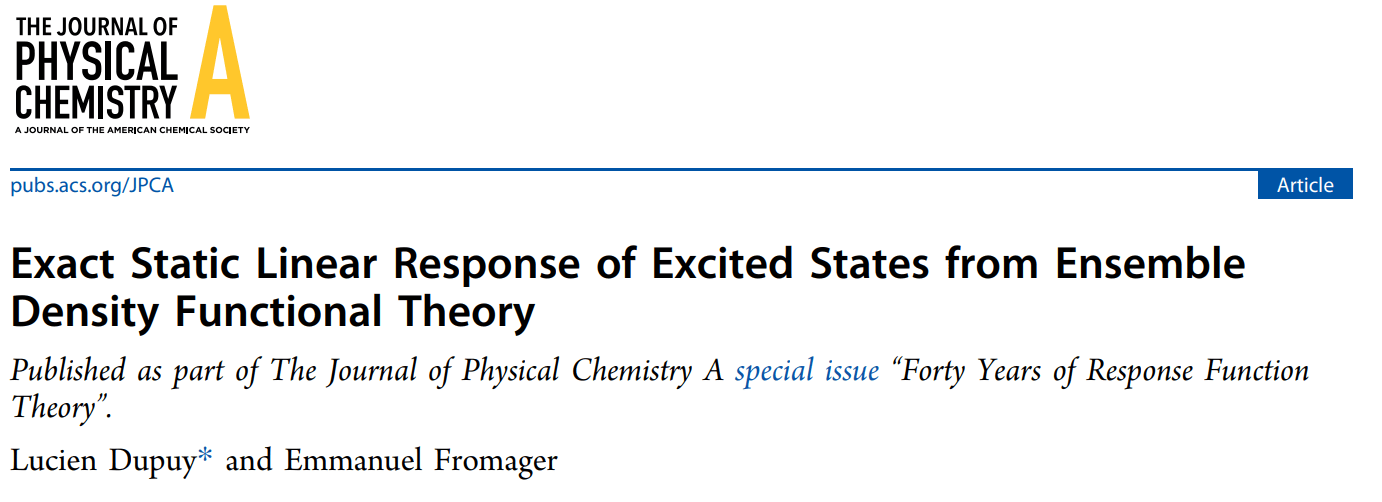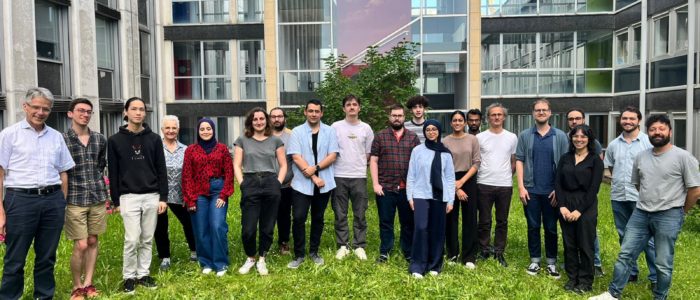Chantal Daniel and coworkers published a new paper, “Mono- IrIII versus heterobimetallic IrIII-AuI complexes for circularly polarized luminescence” in Chemistry : https://doi.org/10.1002/chem.202501611
Fundamental rationalization of the structural–circularly polarized luminescence (CPL) activity relationship is a challenging task. Herein, a pair of enantiopure, heterobimetallic IrIII–AuI complexes IrAu-4 featuring chirality-at-metal is thoroughly investigated by means of spectroscopical and computational techniques, also including spin-orbital coupling (SOC) effects. Upon resolution of the racemic mixture of the starting chloro-bridged dimer via a chiral auxiliary ligand, the complexes IrIII–AuI are straightforwardly prepared in a stepwise procedure with retention of configuration in good yields. The IrAu-4 complexes display moderate orange phosphorescence arising from an admixed metal-to-ligand and ligand-to-ligand charge transfer (3MLCT/3LLCT) excited state and good chiroptical activity, as shown by both electronic circular dichroism (ECD) and CPL spectroscopy. A comparison between the parental mononuclear pairs Δ-Ir(ppy)2(acac) and Λ-Ir(ppy)2(acac) and the binuclear IrAu-4 counterparts also provides interesting insights. The latter possess higher dissymmetry factor (glum) values despite the very similar ECD activity of the lower-lying 1MLCT band with enantiospecific polarization bias of the light dictated by the chiral-at-metal configuration. The different nature of the emissive excited state between the two families of complexes and its implication onto the radiative rate constant and the dipolar force is tentatively accounted for the increased CPL-activity observed in IrAu-4.













